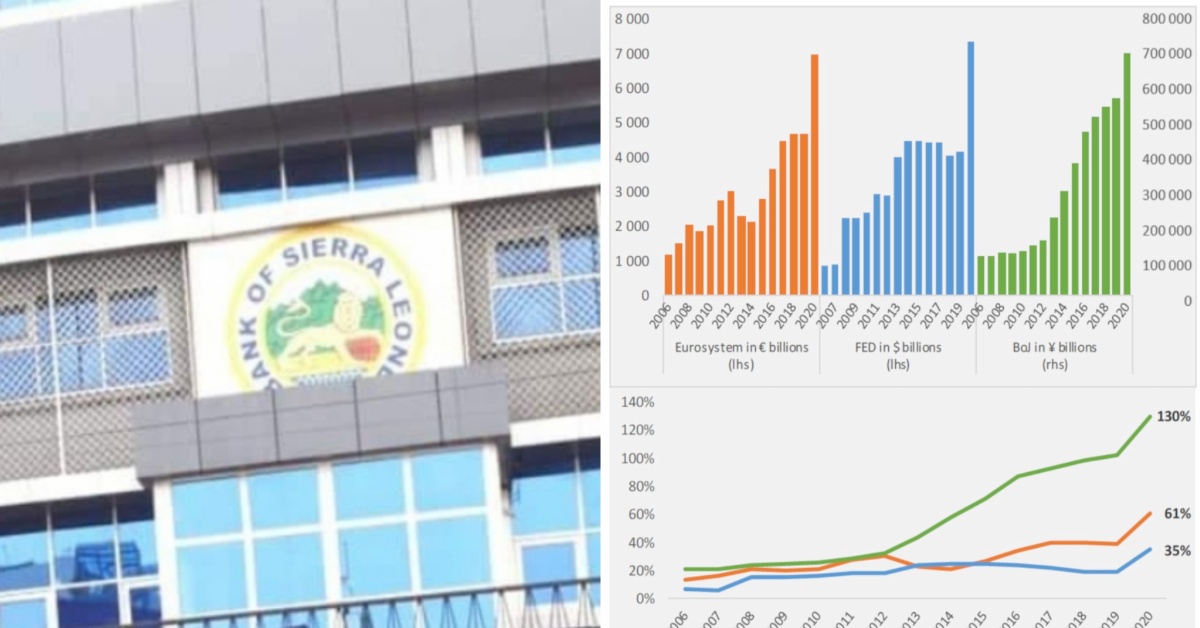Sierra Leone’s banking sector has demonstrated stability and satisfactory capitalization, meeting the minimum requirements set by the Bank of Sierra Leone (BSL) in most key financial indicators. However, there have been some concerning developments, according to the BSL’s recent report.
In the fourth quarter of 2022, the profitability of banks in Sierra Leone experienced a decline. The Return on Assets (ROA) dropped to 6.5 percent, and the Return on Equity (ROE) decreased to 28.2 percent, compared to 7.0 percent and 30.3 percent, respectively, in the previous quarter.
On the positive side, liquidity in the banking sector improved during the same period. The Liquidity Ratio increased from 110.6 percent in the third quarter to 117.2 percent in the fourth quarter, indicating an increase in the proportion of liquid assets held by banks. Additionally, the ratio of liquid assets to short-term liabilities rose from 92.2 percent to 95.5 percent.
However, the report highlighted a decline in the Capital to Asset Ratio (CAR) to 35.2 percent in the fourth quarter, compared to 42.8 percent in the third quarter. Despite this decrease, the CAR remained above the regulatory minimum, suggesting that banks have sufficient capital to cover potential losses. The decline was mainly due to the negative capital base position of one bank and a decrease in shareholders’ funds in two other banks.
Another positive development was the improvement in asset quality, with the ratio of Non-Performing Loans (NPLs) to Total Loans decreasing from 13.8 percent to 12.1 percent. However, the NPLs still exceeded the prudential limit of 10 percent, indicating a need for further improvement.
The report also highlighted an increase in total deposits, which serve as the primary source of funds for banks. Deposits grew by 19.52 percent from Le 14.17 trillion in the third quarter to Le 16.94 trillion in the fourth quarter.
Furthermore, there was a steady rise in the proportion of foreign currency-denominated deposit liabilities to total deposit liabilities throughout 2022. It increased from 29.5 percent in the first quarter to 40.7 percent in the fourth quarter, indicating an increased reliance on foreign currency.
In terms of investments, T-bill holdings by the banking sector decreased slightly by 2.60 percent, while T-bond holdings increased by 18.42 percent. Gross loans and advances saw a marginal decrease of 2.12 percent.
Overall, Sierra Leone’s banking sector has maintained stability and adequate capitalization, although there are areas that require attention, such as profitability, NPLs, and the increasing reliance on foreign currency. The BSL will likely continue monitoring these indicators closely to ensure the sector’s resilience and sustainable growth.



 Post a comment
Post a comment 









